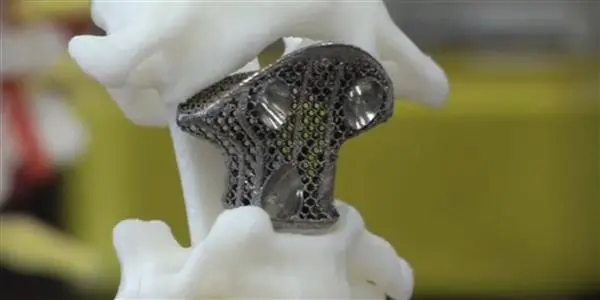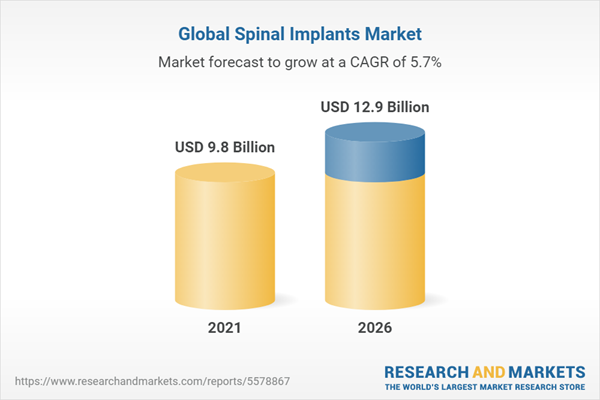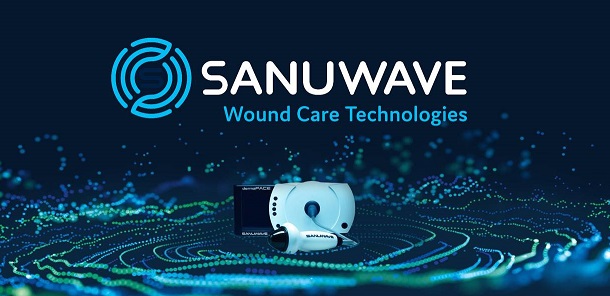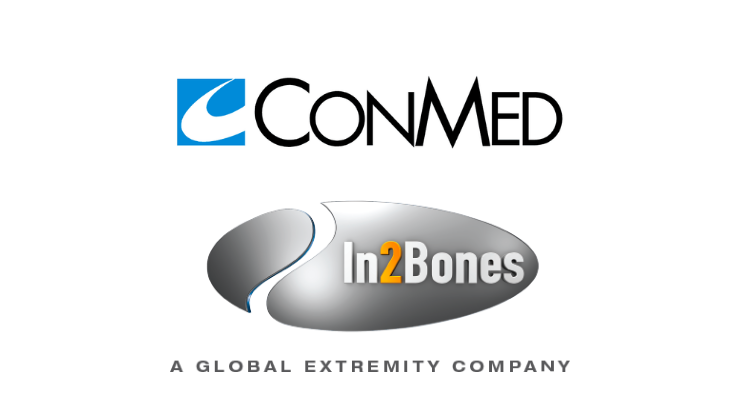Major players in the 3D printed medical devices market are 3D Systems Corporation, EnvisionTEC, Stratasys Ltd. , Arcam AB, Cyfuse Biomedical, Materialise NV, Organovo Holdings, EOS GmbH, FabRx Ltd. , and Concept Laser.
New York, May 27, 2022 (GLOBE NEWSWIRE) — Reportlinker.com announces the release of the report “3D Printed Medical Devices Global Market Report 2022” – https://www.reportlinker.com/p06280843/?utm_source=GNW
The global 3d printed medical devices market is expected to grow from $2.29 billion in 2021 to $2.76 billion in 2022 at a compound annual growth rate (CAGR) of 20.4%. The market is expected to grow to $4.49 billion in 2026 at a compound annual growth rate (CAGR) of 13.0%.
The 3D printed medical devices market consists of sales of 3D printed medical devices and related services. 3D printing is a process to create three-dimensional medical devices with the help of computer-aided design. Some of the 3D printed medical devices include orthopaedic and cranial implants, surgical instruments, dental restorations such as crowns, and external prosthetics.
The main types of 3D printed medical devices are implants, surgical instruments, prosthetics, tissue engineering devices, and others. The 3D-printed implants are medical implants that are made using 3D printing technology to create complex geometries.
These are made up of raw materials such as plastics, biomaterial inks, and metals and alloys. The technologies involved in 3D printed medical devices are fused deposition modeling, digital light processing, stereolithography, and selective laser melting.
These provide applications in orthopedic, spinal, dental, hearing aids, and others that are used by end-users such as hospitals, diagnostics centers, academic institutions, and others.
The increasing prevalence of osteoarthritis and similar musculoskeletal conditions is one of the major factors driving the growth of the 3D printed medical devices market. Osteoarthritis is a disorder that damages the joint cartilage and surrounding tissues causing pain, stiffness, and loss of joint function to the person affected by it.
The 3D printing medical devices enable the creation of a replica of a patient’s joint which can provide surgeons with a crucial piece of information that might not be visible on a 2-dimensional scan. The chance of developing osteoarthritis increases with age.
For instance, according to the US National Library of Medicine report, by 2040, it is estimated that approximately 78 million (26%) US adults aged 18 years and above will be projected to have doctor-diagnosed arthritis. Thereby driving the adoption of 3D printed medical devices, positively impacting the market growth.
Biocompatibility issues related to 3D printed medical devices restrict the growth of the 3D printed medical devices market. Biocompatibility implies the properties that make material or a device compatible with the human body.
If the material used for the preparation of a 3D printed implant device is not compatible with the patients’ biomechanics, then patients may suffer side effects such as abnormal growth of bone and bleeding. Among the most common metal used in the manufacturing of 3D printed medical devices is Titanium.
Though Titanium offers reliability and accuracy in creating medical-grade products, some human bodies tend to reject titanium as its chemical composition can inhibit the bone and tissue from interacting with the implant. Apart from these other reasons which may contribute to the failure of metallic implants that are either caused by the material properties of the metal (e.g., high stiffness, high corrosion rate, and toxicity) itself or by the exposure of the bone to infected metal implants i.e., infection.
The increasing use of 3D printing technology in the spine industry is one of the latest trends in the 3D printing medical devices market. The spine industry is adopting 3D printing to produce new innovative products that can promote bone ingrowth and improve implant fixation to spine bone, reducing the number of manufacturing steps, thereby making the 3D printing process more cost-effective in several cases.
For instance, Medtronic launched its titanium 3D printed platform – TiONIC Technology. TiONIC Technology is a 3D printed technique that uses laser methods to create implants with enhanced surface textures.
Artic-L is the first implant created by the company using TiONIC Technology. The implant is made up of titanium and designed to be used by surgeons in spine surgery.
In addition to that, K2M’s Lamellar, introduced its 3D Titanium Technology to create a 3D spinal implant. The 3D printing medical device using titanium technology uses an advanced 3D printing method to create structures that were once considered impractical with traditional manufacturing techniques. The implants use titanium powder and are associated with bone growth activity.
Food and Drug Administration (FDA) has a Centre for Device and Radiological Health (CDRH) to regulate the firm which manufacture, repackage, relabel and/or import 3D printing medical devices in the US.FDA provides manufacturers with a draft with guidance that includes recommendations for device design, manufacturing, and testing considerations during the development of 3D printing medical devices.
Section F of the ’Technical Considerations for Additive Manufactured Medical Device’ draft, requires the manufacturers to evaluate the biocompatibility of the final finished device as described in the guidance “Use of International Standard ISO-10993”. The guidelines also require the manufacturer of the 3D printing devices to mention the additional information in the label if any toxic chemical additives such as certain additives, catalysts, binding and curing agents, uncured monomers, and plasticizers are used in making 3D printing medical devices.
In July 2020, Medtronic, an American Irish-domiciled medical device company acquired Medicrea International for an undisclosed amount. The acquisition of Medicrea expands Medtronic’s already deep portfolio as this adds to their spinal solution profile as the advent of new digital technology will offer the ability to custom spinal implants.
Medicrea International is a spinal surgery company with 30+ FDA-approved spinal implant technologies that have been utilized in over 150,000 spinal surgeries to date.
The regions covered in this report are Asia-Pacific, Western Europe, Eastern Europe, North America, South America, Middle East, and Africa.
The countries covered in the 3D printed medical devices market report are Australia, Brazil, China, France, Germany, India, Indonesia, Japan, Russia, South Korea, UK, and USA.
Read the full report: https://www.reportlinker.com/p06280843/?utm_source=GNW
About Reportlinker
ReportLinker is an award-winning market research solution. Reportlinker finds and organizes the latest industry data so you get all the market research you need – instantly, in one place.
Contact Data
Clare: clare@reportlinker.com
US: (339)-368-6001
Intl: +1 339-368-6001








